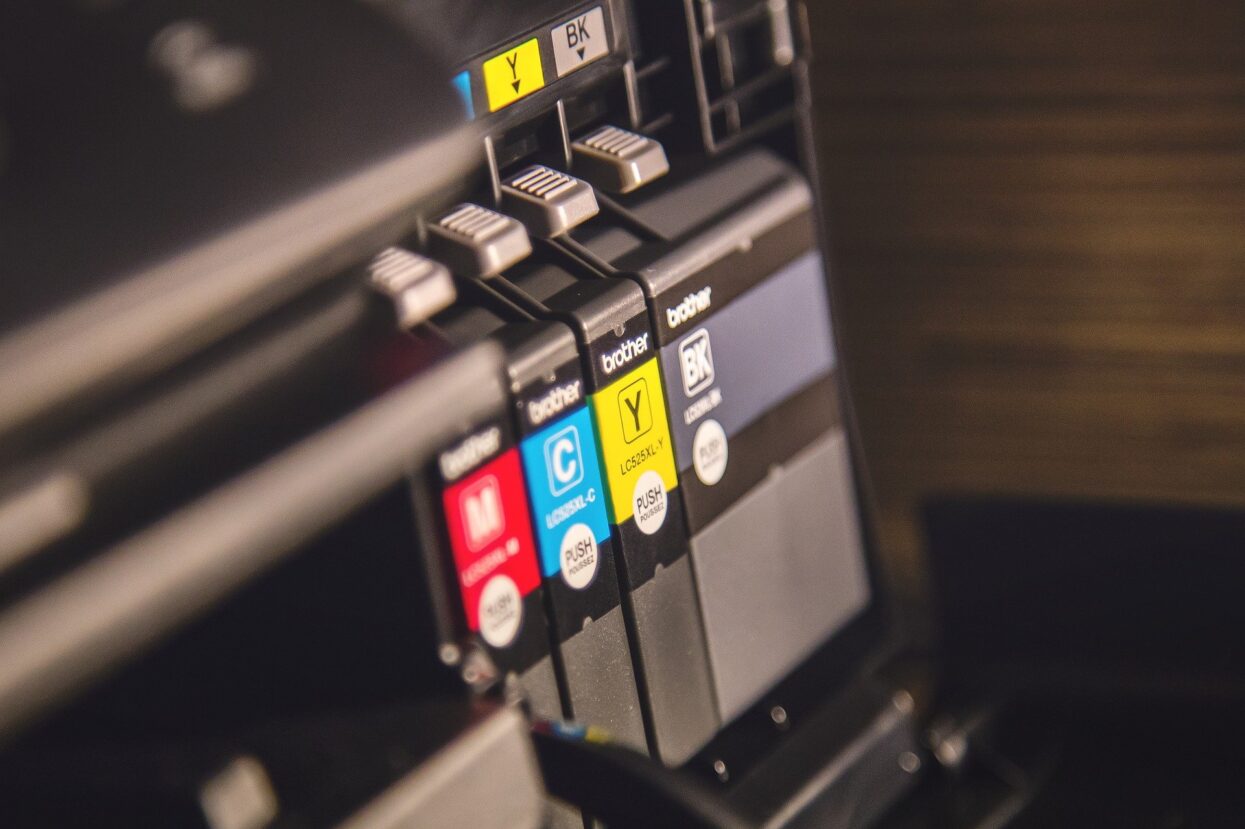
The global digital print market is expected to reach a value of $35.7bn (£25.2bn/€29.2bn) by 2028, driven by an increase in demand for sustainable and cost-efficient printing methods.
According to a new report by full-service market research business Allied Market Research (AMR), the digital printing sector will expand at a compound annual growth rate (CAGR) of 3.7% between 2021 and 2028.
AMR valued the market at $25.7bn in 2019, but such is the level of demand for digital print, and the expected increase in popularity of the medium, that the sector is set to expand at a significant rate over the coming years.
As to where this demand is coming from, AMR highlighted the food and beverage sector as a key growth segment for digital print, with more companies in this area turning to digital print to fulfil their sustainable and cost-efficient printing requirements.
Delving further into the market, AMR said that inkjet accounted for almost two thirds of the global digital print market in 2019 and is likely to retain this position in the period to 2028.
“This is attributed to advent of next-generation cartridge-free ink-jet printers and rise in demand for high-quality output printing solutions from the household, commercial and industrial sectors,” AMR said.
However, the laser segment is projected to manifest the highest CAGR of 4.8% from 2021 to 2028, which AMR put down to increased demand for advanced solutions that will improve productivity and offer environment-friendly features to end-users.
Turning to inks and despite more call for greener products, solvent is expected to remain as the leading ink in digital print in the period to 2028. In 2019, it held one-third of the global market share, and this is forecast to remain the same in the coming years.
“This is attributed to usage in flexographic and gravure printing due to the ability to dry quickly and resist water along with implementation in publication segments such as newspapers, magazines and catalogues,” AMR said.
However, the UV-curable segment is forecast to have the fastest CAGR of 4.9% from 2021 to 2028, due to its high drying capability and its wide-ranging use across both the automotive and consumer electronics sectors.
Looking at geographical performance and North America is set to remain as the dominant region in terms of revenue for digital print. The region accounted for one third of overall revenue in digital print in 2019 and AMR said this will likely be the case come 2028.
“This is attributed to availability of next-generation advanced printing technologies along with the presence of prime vendors in the region.
AMR did note, however, that Asia-Pacific is expected to witness the largest CAGR of 5.5% during the period, as a result of the deployment of digital printing applications across the textile, food and beverage, and packaging industries.
Discover the latest innovations in digital printing at the Global Print Expo 2021, Europe’s leading exhibition for screen and digital wide format print, textile printing and signage. Discover the latest products, network with like-minded individuals and explore new business opportunities.